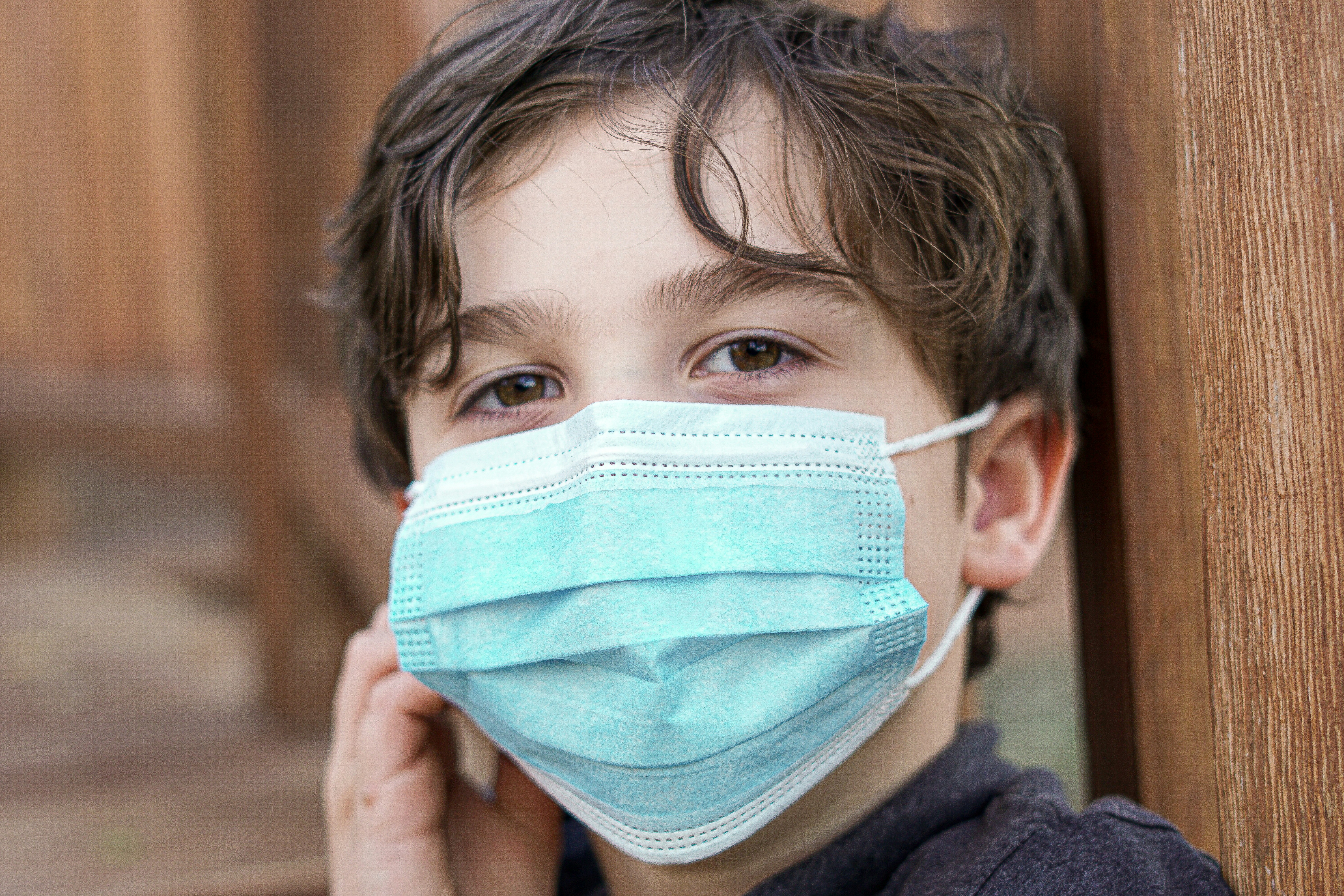Media release
From:
The Lancet Infectious Diseases: New study suggests risk of long COVID in children may be twice as high after a second infection
A new study published in The Lancet Infectious Diseases journal involving over 460,000 children and adolescents across 40 paediatric hospitals in the USA suggests that children who were infected with COVID-19 for the second time during the Omicron wave had more than double the risk of developing long COVID.
Conducted by researchers under the US National Institutes of Health (NIH)-funded RECOVER Initiative*, this is the largest study to date examining the long-term effects of COVID-19 reinfection in young people. The study analysed electronic health records from January 2022 through October 2023, a period dominated by the highly transmissible Omicron variant. Researchers compared health outcomes following children’s first and second documented COVID-19 infections to isolate the risks associated with reinfection.
They found that after a first COVID-19 infection, about 904 children per million developed long COVID within six months. Following a second infection (reinfection), this number more than doubled to approximately 1,884 children per million. The higher risk was observed across many different groups in the study, regardless of whether they were vaccinated, how serious their first illness was, their age, gender, race or ethnicity, or if they were living with overweight or obesity. The authors say this increased risk of long COVID following reinfections highlights the continued importance of preventing COVID-19 infections through vaccination and other protective measures such as masking and social distancing.
Reinfection was linked to a wide range of rare but persistent and sometimes serious conditions potentially associated with long COVID in children, including heart inflammation (myocarditis), blood clots, kidney injury, cognitive difficulties, fatigue, and respiratory problems.
The authors emphasise that while vaccines and other prevention measures may not completely eliminate the risk of contracting COVID-19, they remain the most effective way to prevent both initial infections and reinfections, thereby reducing the risk of long-lasting symptoms in children. They say the study’s findings reinforce the need to strengthen public health efforts to increase COVID-19 vaccination coverage among children and adolescents.
*The NIH’s RECOVER (Researching COVID to Enhance Recovery) Initiative is dedicated to understanding long COVID, developing better treatments, and guiding strategies to protect people of all ages from the prolonged effects of COVID-19.



 International
International



